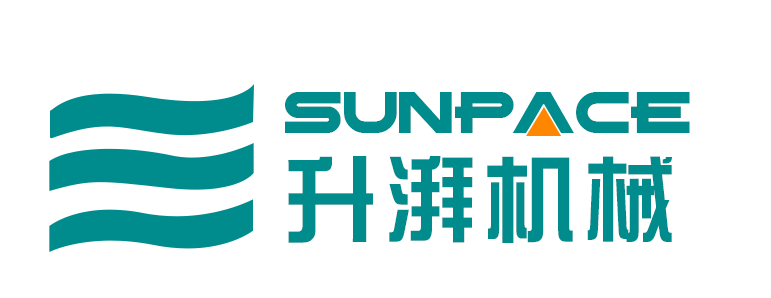The acid-resistant and alkali-resistant anti-corrosion pump is a common pump for the transportation of strong-corrosion liquid in the industrial production, and has a fluoroplastic pump, a stainless steel pump and a plastic pump. When using the anti-corrosion pump, the user wants to use the energy-saving way to reduce the cost. So what are the options to save the motor?
The motor energy-saving scheme is as follows:
- Select energy-saving motor. Compared with the conventional electric motor, the high-efficiency electric motor optimizes the overall design, selects a high-quality copper winding and a silicon steel sheet, reduces various losses, reduces the loss by 20-30%, and improves the efficiency by 2-7%;The payback period is generally 1, 2 years, some months.The efficiency of the high-efficiency motor is 0.413% higher than that of the J02 series. It is imperative to replace the old-fashioned electric motor with a high-efficiency motor.
- Frequency conversion and speed regulation. Most fan and pump loads are selected according to the amount of full load work, and most of the time in practical application is not in full load working state.Because the speed regulation of the AC motor is very difficult, the air volume or the flow rate can be adjusted by using the wind screen, the return valve or the opening and stopping time, and the large motor is difficult to stop frequently in the power frequency state, the electric shock is large, and the electric energy loss and the current impact at the time of opening and stopping are bound to be caused.The pump load is one of the most scientific control methods by using frequency converter to control the fan directly. when the motor runs at 80% of the rated speed, the energy saving efficiency is close to 40%. At the same time, the closed loop constant voltage control can be realized, and the energy saving efficiency will be further improved.Because the frequency converter can realize the soft stop and soft starting of large motor, the voltage shock during starting is avoided, the motor failure rate is reduced, the service life is prolonged, and the capacity requirement and reactive power loss of the power grid are reduced.
- Use Y/△automatic conversion device. In order to solve the waste of power when the equipment is light load, Y/△ automatic conversion device can be used to save power without replacing the motor. Because in three-phase AC power grid, the voltage obtained by different connection methods of load is different, so the energy absorbed from the power grid is different.
- Winding type motor liquid speed regulation. The liquid resistance speed regulation technology is developed on the basis of the traditional liquid resistance starter.The purpose of stepless speed regulation is still to change the distance between the plates to adjust the resistance.This makes it have good starting performance at the same time, it is electrified for a long time, which brings the problem of heating and heating. Due to the use of unique structure and reasonable heat exchange system, its working temperature is limited to a reasonable temperature.With the advantages of reliable operation, convenient installation, large energy saving amplitude, easy maintenance and low investment, the liquid speed regulation effect has been adopted for some winding motors with low speed regulation accuracy, low speed regulation range and less frequent speed regulation, such as fan, water pump and other equipment.
- Power factor reactive power compensation of motor. The main purpose of reactive power compensation is to improve the power factor and reduce the power loss.The power factor is equal to the ratio of active power to apparent power. Usually, the low power factor will lead to excessive current. For a given load, when the supply voltage is constant, the lower the power factor, the greater the current.Therefore, the power factor is as high as possible to save electricity.
- Proper selection of Motor capacity to achieve Energy Saving. The three operation areas of the three-phase asynchronous motor are given as follows: the load ratio is between 70% and 100% as the economic operation area;The load rate is between 40% and 70% as the general operating area, and the load factor is below 40% as the non-economic operation area.Improper selection of motor capacity will undoubtedly result in waste of electric energy. Therefore, the use of appropriate motor, increase power factor, load rate, can reduce power loss, save electricity.
- The use of a magnetic slot wedge instead of the original slot wedge. Magnetic slot wedges mainly reduce no-load iron loss in asynchronous motor. No-load additional iron loss is caused by harmonic flux caused by slot effect in stator and rotor core.The high-frequency additional iron loss induced in the core by the stator and the rotor is referred to as the pulse-induced loss.In addition, the stator and rotor teeth are sometimes aligned and staggered, and the magnetic flux of tooth cluster changes, which can generate vortex in the tooth surface line layer, resulting in surface loss. Pulse loss and surface loss are called high frequency additional loss, which account for 70% ≤ 90% of motor stray loss, and the other 10% ≤ 30% is called load additional loss, which is caused by magnetic flux leakage.Although the starting torque can be reduced by 10% ≤ 20% by using magnetic slot wedges, the iron loss of motors with magnetic slot wedges can be reduced by 60 k compared with those with ordinary slot wedges, and it is suitable for the transformation of no-load or light load starting motors.
